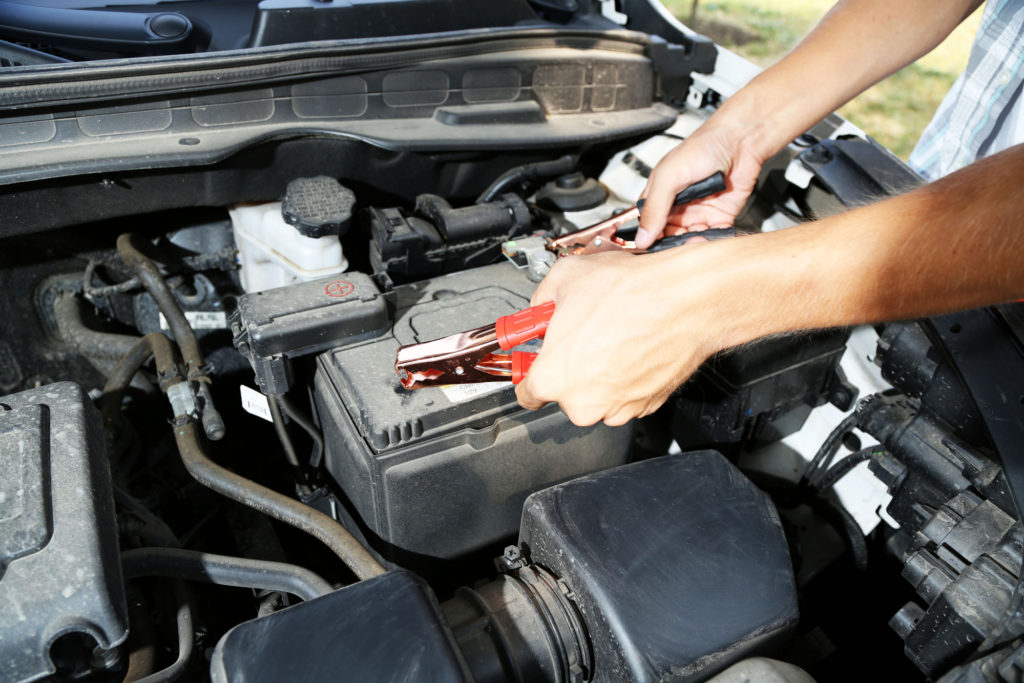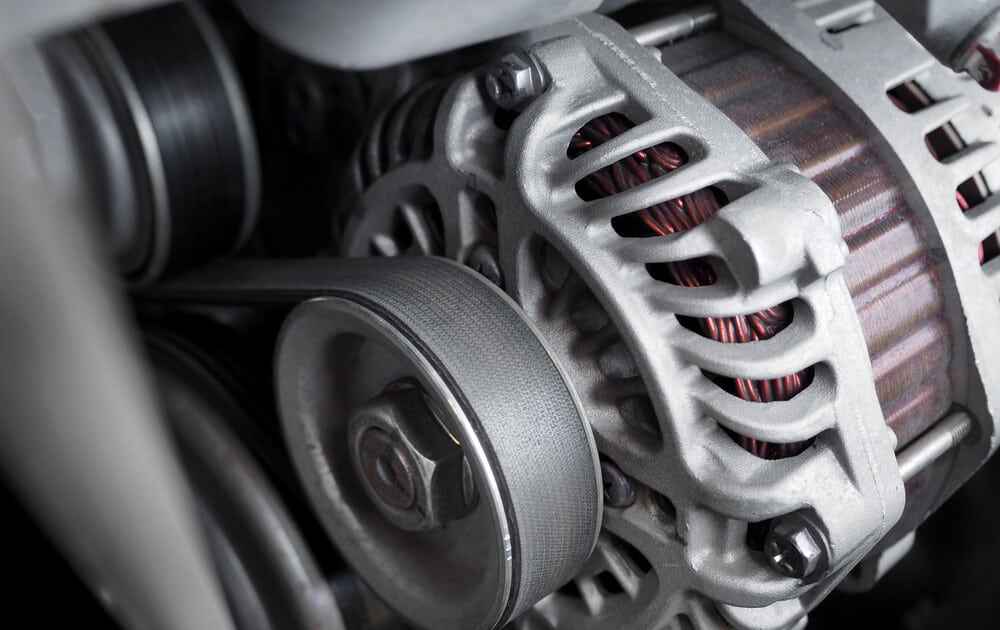<!DOCTYPE html>

Image: www.hi-techcarcare.com
Introduction
If your car fails to start and you suspect a dead battery, the issue may not always be the battery itself. Often, a faulty charging system prevents the alternator from adequately recharging the battery, leading to recurring starting problems. This article will provide a comprehensive guide to help you diagnose and resolve a car battery not charging issue.
Understanding Car Charging System
The charging system in your vehicle is responsible for maintaining the battery’s charge and powering electrical components while the engine is running. It consists of three primary components:
- Alternator: Generates electricity and converts mechanical energy into electrical energy.
- Battery: Stores electrical energy and provides it to the starter and other electrical systems when the engine is off.
- Voltage Regulator: Regulates the voltage output of the alternator to prevent overcharging the battery.
Troubleshooting a Battery Not Charging
1. Check Battery Terminals: Corroded or loose battery terminals can impede electrical flow. Clean the terminals with a wire brush and tighten the connections.
2. Test Alternator Output: Start the engine and use a voltmeter to measure the voltage at the battery terminals. A reading between 13.5 to 14.5 volts indicates a healthy alternator. Lower readings suggest a charging system issue.
3. Inspect Drive Belt: The serpentine belt drives the alternator. Inspect it for cracks, wear, or looseness. A faulty belt can prevent the alternator from spinning and generating electricity.
4. Check Voltage Regulator: A faulty voltage regulator can overcharge or undercharge the battery. Use a voltmeter to test the voltage while the engine is running. A reading above 15 volts or below 13 volts indicates a potential regulator issue.

Image: mechanicbase.com
Repairing a Faulty Charging System
1. Replacing the Alternator: If the alternator is faulty, it will need to be replaced. Ensure you purchase the correct alternator for your vehicle.
2. Replacing the Voltage Regulator: If the voltage regulator is defective, it can be replaced separately from the alternator. This is a more cost-effective option if the alternator itself is in good condition.
3. Replacing the Drive Belt: A worn or damaged drive belt should be replaced to restore proper alternator operation.
Expert Tips
“Regular maintenance is crucial for a healthy charging system. Inspect the battery terminals and drive belt periodically and clean or replace them as needed,” advises Mark, a certified automotive technician.
“If you encounter any electrical issues, don’t hesitate to seek professional assistance. A qualified mechanic can diagnose the problem accurately and recommend the most effective solution,” adds Emily, a seasoned auto repair expert.
FAQs
Q: Can a weak battery cause the charging system to malfunction?
A: Yes, a weak or failing battery can draw excessive current, which can strain the alternator and voltage regulator, leading to system failure.
Q: What are signs of a bad voltage regulator?
A: Overcharging (high voltage readings at the battery), undercharging (low voltage readings), flickering headlights, and dead batteries can indicate a voltage regulator issue.
Q: Can I drive with a partially charged battery?
A: It is not advisable to drive with a partially charged battery. The vehicle’s electrical systems may not function properly, and you risk getting stranded.
How To Fix Car Battery Not Charging
Conclusion
A car battery that is not charging properly can result from various issues within the charging system. By following the steps outlined in this article, you can troubleshoot and resolve the problem, ensuring a properly functioning charging system for your vehicle. If you are unsure about any aspect of the repair, do not hesitate to consult with an experienced mechanic for assistance.
Do you have any further questions or experiences regarding car battery charging issues? Share your thoughts and insights by leaving a comment below.